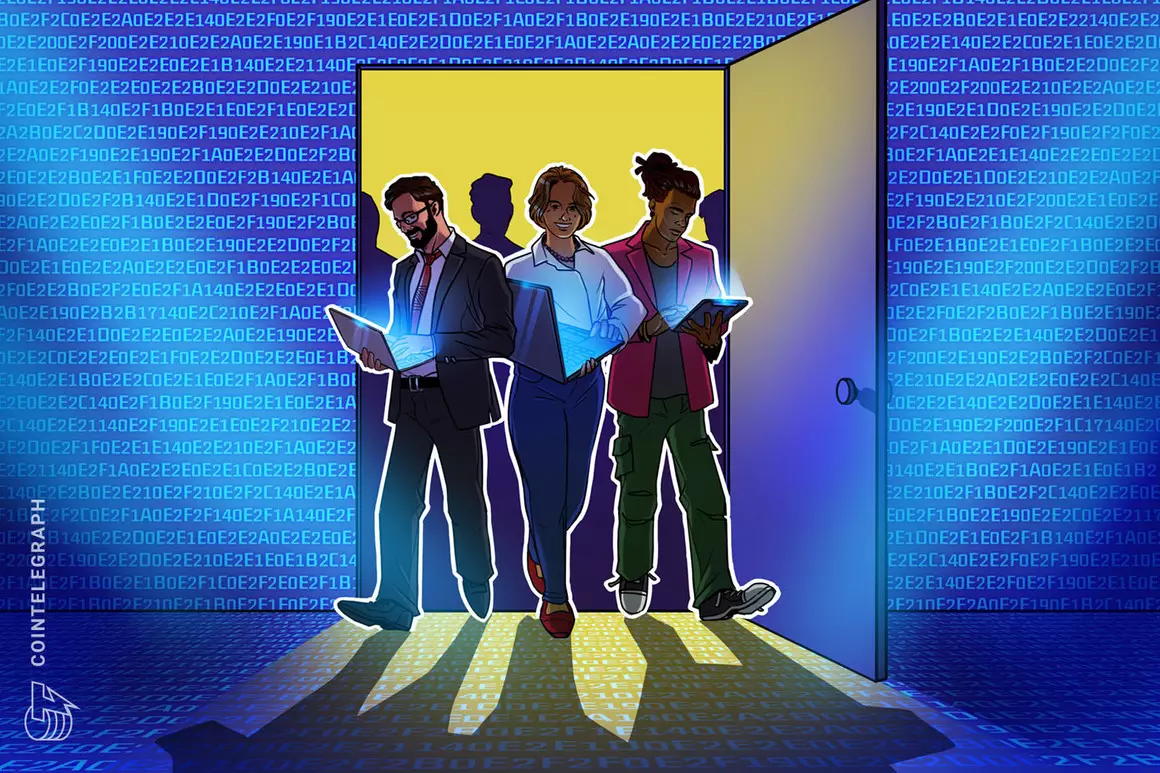Blockchain-based layer-2 network, Public Goods Network, has recently launched its testnet on July 7th. The network’s developers have made a commitment to allocate the majority of net sequencer fees towards public goods rather than distributing them to the development team or token holders. This initiative aims to support the creation of goods and services that are difficult to exclude non-payers from accessing. The team behind this network is the same team responsible for Gitcoin, a project focused on raising funds for open-source projects. The Public Goods Network is being constructed using the OP Stack, which allows it to be integrated into the proposed “Superchain” alongside Optimism and Base networks.
Promoting Public Goods
The Public Goods Network is designed to operate as an Optimistic layer-2 rollup of Ethereum. This type of network typically employs a profit-oriented centralized sequencer to batch transactions and periodically submit them to Ethereum. However, the Gitcoin team plans to reinvest the majority of the profit generated from this process into public goods projects. They believe that this approach is crucial in preventing venture capital firms and other entities motivated by “rent seeking” from controlling the value provided by layer-2 networks. Rather than allowing blockspace to be filled by organizations that may be influenced by these motives, the team believes it is more beneficial to allocate these funds to support the growth and funding of public goods.
According to Gitcoin, the sequencer fees collected will not be directed to them. Instead, they will be directed towards an “alliance” that is being established based on a newly defined governance model. The long-term objective of the Public Goods Network is to enable projects to receive direct funding through sequencer fees, eliminating the need for intermediaries. This will be achieved by utilizing the EIP-6969 standard.
Integration with Ethereum Sepolia Network
The current version of the Public Goods Network is connected to the Ethereum Sepolia network through an official bridge. This integration allows developers to test applications using funds from Sepolia’s various faucets. The network aims to provide a seamless experience for developers while ensuring compatibility with Ethereum’s existing infrastructure.
The launch of the Public Goods Network’s testnet marks an important milestone in the development of layer-2 blockchain technology. By prioritizing the investment in public goods over personal gains, the network aims to create a more equitable and sustainable ecosystem. The integration with the Ethereum Sepolia network further enhances the network’s capabilities and provides developers with the opportunity to explore its potential. With its commitment to supporting public goods projects, the Public Goods Network demonstrates its dedication to fostering innovation and growth in the blockchain industry.

